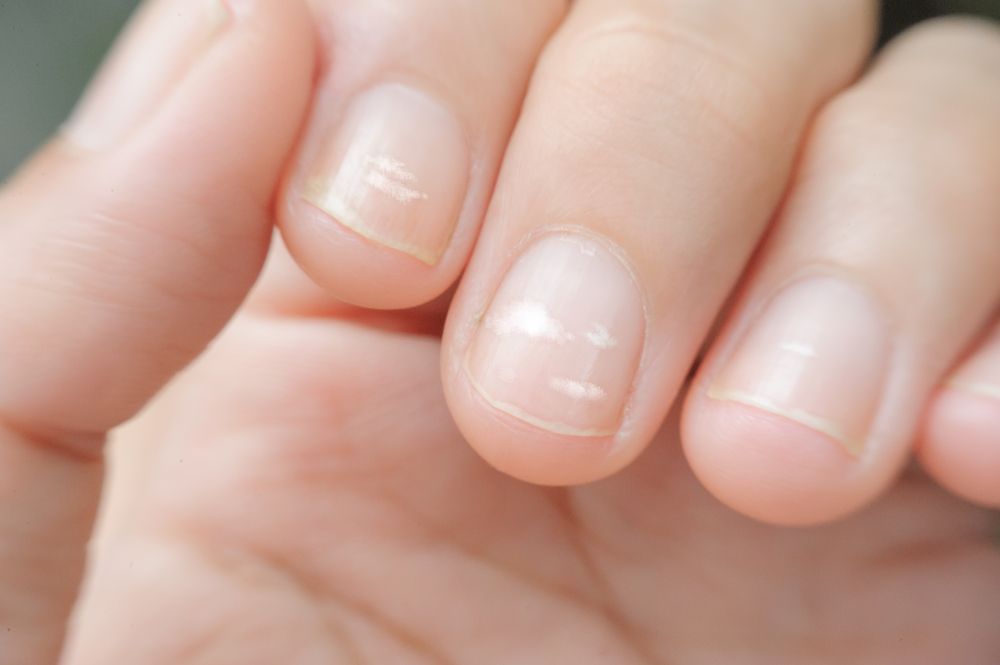Iron serves as the unsung hero of our bodies—no flashy cape required, but equipped with extraordinary capabilities! This potent mineral flows through our veins, serving a vital role in oxygen transportation and safeguarding our energy levels from plummeting lower than our workplace enthusiasm at noon.
But Iron's superhero narrative extends beyond energy regulation; it serves as the cornerstone for hemoglobin production, a crucial element of our red blood cells. This intricate protein acts as the oxygen-delivery mechanism, ensuring every part of our body receives the oxygen necessary for optimal function. Inadequate iron levels hinder the production of healthy red blood cells, resulting in iron-deficiency anemia. Symptoms include fatigue, weakness, and diminished focus, underscoring iron's indispensable contribution to our health and vigor.
Iron deficiency anemia (IDA) has gained recognition from the World Health Organization as the most prevalent nutritional deficiency globally, impacting 30% of the population. Adolescent girls, in particular, face heightened vulnerability due to dietary patterns often lacking in iron-rich foods, coupled with significant iron loss during menstruation, as outlined in the Dietary Guidelines for Americans. Data from the JAMA Network reveals that nearly 40% of females aged 12 to 21 in the United States experienced iron deficiency between 2003 and 2020, with 6% afflicted by iron deficiency anemia within the same demographic, according to the report.
How to know if you have an iron deficiency
Untreated iron deficiency can lead to notable cognitive decline and diminished quality of life. Therefore, maintaining optimal iron levels is paramount. The most reliable method for assessing iron status involves undergoing a blood test, such as a serum ferritin test, which gauges stored iron levels, and a complete blood count (CBC), which can reveal anemia resulting from low iron.
While insufficient iron intake from foods like lean red meat and fish can contribute to depleted iron stores, it may also signify underlying issues such as gastrointestinal bleeding.
Experiencing symptoms indicative of iron deficiency warrants consideration for a blood test. If diagnosed, healthcare professionals can assist in devising a suitable plan to restore iron levels, promoting overall well-being.
Keep reading to uncover common indicators of insufficient iron intake.
1) You feel tired.

A clear indicator of iron deficiency is experiencing unusual tiredness or fatigue. This occurs because iron is essential for producing hemoglobin, a protein found in red blood cells responsible for carrying oxygen throughout the body. When iron levels are insufficient, the body may struggle to adequately oxygenate tissues and organs, resulting in ongoing feelings of exhaustion.
2) You have spoon nails.

An unmistakable indication of iron deficiency is the development of spoon nails, clinically known as koilonychia. With this condition, nails become thin and concave, resembling the shape of a spoon. Beyond its cosmetic aspect, this symptom signals potential low iron levels, impacting hemoglobin production and overall health.
3) You are frequently cold.

A notable indication of iron deficiency is heightened sensitivity to cold temperatures. Those with inadequate iron levels might experience feeling unusually cold or have cold hands and feet, even in warm environments. This sensitivity stems from iron's pivotal role in hemoglobin production, necessary for effective oxygen transport in the body and thus impacting internal temperature regulation.
4) You have poor academic performance.

Insufficient iron intake among children can eventually reflect poor academic performance. A study revealed that iron-deficient children had lower average math scores compared to those with normal iron levels.
Additionally, a comprehensive review of fifty studies on Nutrients proposed a potential link between iron status, anemia, and academic achievement in certain situations. The review suggested that iron supplementation during adolescence could enhance school performance, attention, and concentration. However, further high-quality research is necessary to establish concrete recommendations. It's crucial to acknowledge that various factors beyond iron intake influence academic performance.
5) You experience poor sleep.

Sufficient iron levels in the body contribute to the production of serotonin and dopamine, crucial neurotransmitters for regulating sleep cycles. Studies indicate that iron deficiency is associated with poorer sleep quality, sleep-related breathing disorders, and other sleep-related factors.
6) You experience anxiety.

Anxiety can arise from various sources, including genetic predispositions and life events. What's lesser-known is the potential link between insufficient iron levels and heightened anxiety. Iron plays a vital role in supporting brain health by influencing neurotransmitter synthesis and overall brain function.
7) You crave ice.

A fascinating indicator of iron deficiency is the occurrence of a condition called pica. Pica is marked by cravings for non-nutritive substances like ice, dirt, clay, or starch. This unconventional eating behavior often signals the body's attempt to address a deficiency in essential nutrients, including iron. Pregnant women and preadolescents are particularly vulnerable to experiencing pica.

